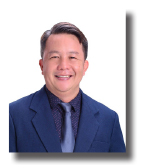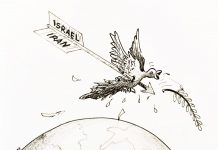
ASSOCIATE PROFESSOR III
The Philippine Qualifications Framework and Philippine Credit Transfer system is a glimmer of hope for the formal and non-formal education. It is a noble act of harmonizing the east and west of education and meeting them not separating. To me, this is not just noble but a practical approach and a way forward to attain greater access and answer the present and future needs of our systems.
Presently, the Commission on Higher Education is conducting a Regional Cascading evenyt of these noble undertaking.
The Philippine Qualifications Framework (PQF) is a quality-assured national system for the development, recognition, and award of qualifications based on standards of knowledge, skills, and values acquired in different ways and methods by learners and workers of the country1. It is governed by the PQF National Coordinating Council (PQF NCC) composed of the Department of Education (DepEd), Commission on Higher Education (CHED), Technical Education and Skills Development Authority (TESDA), Professional Regulations Commission (PRC), and Department of Labor and Employment (DOLE)1.
The PQF aims to establish national standards and levels of qualifications to assist and support academic and worker mobility and to address job-skills mismatch1. It outlines what an individual has learned and can do based on qualification type, levels, and degrees of competency1.
The Philippine Credit Transfer System is a mechanism that enables the transfer of credits between institutions, programs, or levels of education. It is designed to facilitate student mobility, lifelong learning, and the recognition of prior learning.
In a nutshell, these harmonizes the mandates of the CHED (Commission on Higher Education ), TESDA (Technical Education Skills and Development Authority ) and aligned their interests. Further, it gives them a common standards. This is a more than welcome development for all.
The advantages of the PQF and the Philippine Credit Transfer System include increased consistency of qualifications, transparency for employers, workers, teachers, learners, parents, and governments who wish to understand Philippine qualifications and compare them with others1. They also facilitate human capital development and skills mobility3. A successful framework increases the consistency of qualifications, provides transparency for employers, workers, teachers, learners, parents, and governments who wish to understand Philippine qualifications and compare them with others3 (pqf.gov.ph)
It is hoped that this Synergy will propel our educational system, forward!



